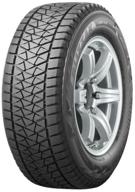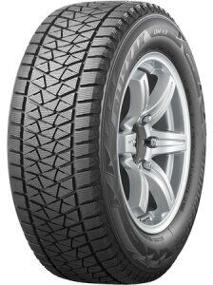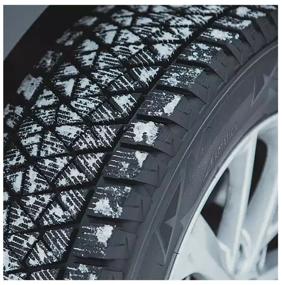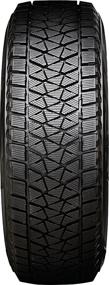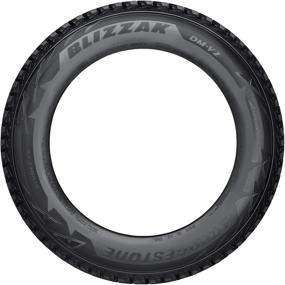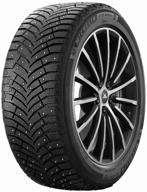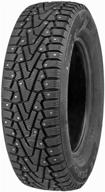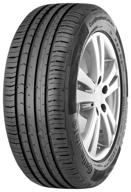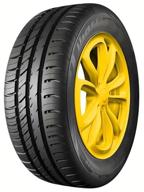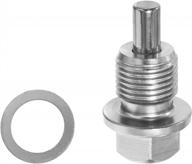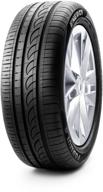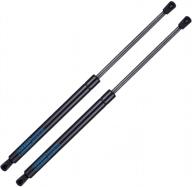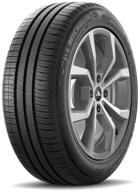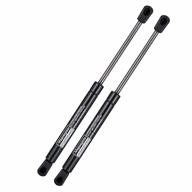Description of Tire Bridgestone Blizzak DM-V2 225/65 R17 102S
Blizzak DM-V2 is a winter friction tire designed for crossovers. This tire is made of microporous rubber - the tread absorbs moisture and improves grip on the roadway in any weather. Compared to previous models, a greater coefficient of grip and driving comfort has been achieved. The Blizzak DM-V2 car tire has a V-type directional tread pattern. This feature guarantees confident traction on slippery, icy road surfaces. . Premium Friction Tire Bridgestone Blizzak DM-V2. The wheels are characterized by increased traction and increased reliability. Bridgestone''s Blizzak winter tires have been topping the list for decades in all kinds of tests and ratings, while enjoying great popularity in countries with adverse weather conditions. The Blizzak DM-V2 model is one of the new products from the Japanese manufacturer, being designed for off-road vehicles (crossovers and SUVs), as well as station wagons equipped with an all-wheel drive transmission. When developing the Blizzak DM-V2, Japanese tire manufacturers paid special attention to ensuring maximum traction on snow and ice. To achieve this ambitious goal, a lot of work has been done, primarily affecting the tread pattern. It has changed markedly compared to the previous model, while providing a more even distribution of external pressure across the contact patch. This made it possible to significantly move the moment of wheel slip into slip, which, in turn, improved acceleration efficiency, handling and stability when driving on snow. At the same time, a system of cross channels calculated using computer simulation tools, special “snow traps” and an increased number of sipes provide reliable grip on snow in all directions. Of the other features of the tread pattern of this model, it is worth noting the angle of the drainage grooves. It is selected in such a way as to ensure the maximum speed of water and sludge removal from the contact patch. At the same time, the blocks of the shoulder zones contain special recesses that improve grip when driving in deep snow. Another innovation was the tread profile, which is characterized by an almost zero radius. This design feature provides a more uniform distribution of external pressure over the lamellas, which, in turn, increased the reliability of their adhesion to the road surface. In addition, the flat profile of the tread made it possible to increase the size of the contact patch, and with it the number of gripping edges formed by the sipes. All this had the most favorable effect on handling when driving on roads slippery from snow and ice. Despite all the tricks taken with regard to the tread pattern, most of the traction is still provided by the rubber compound. In this model b...
Hide
